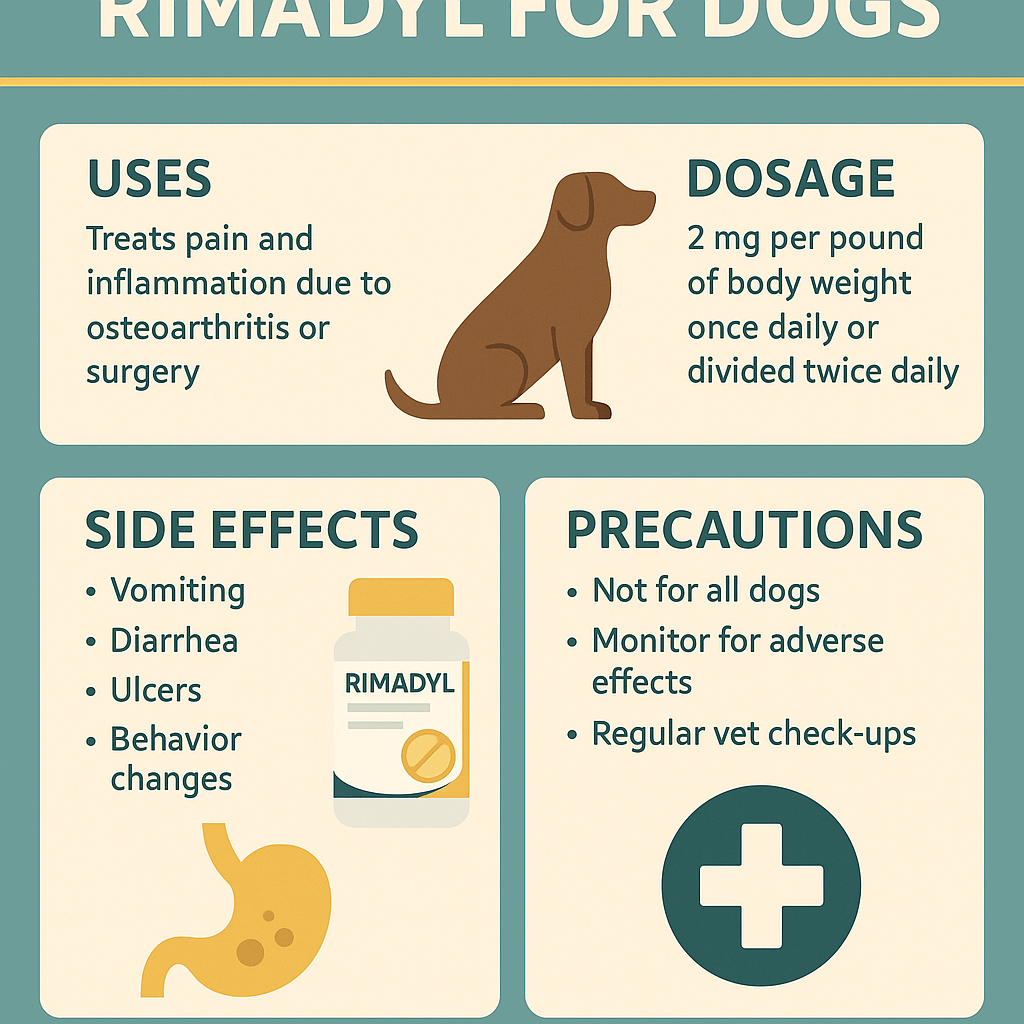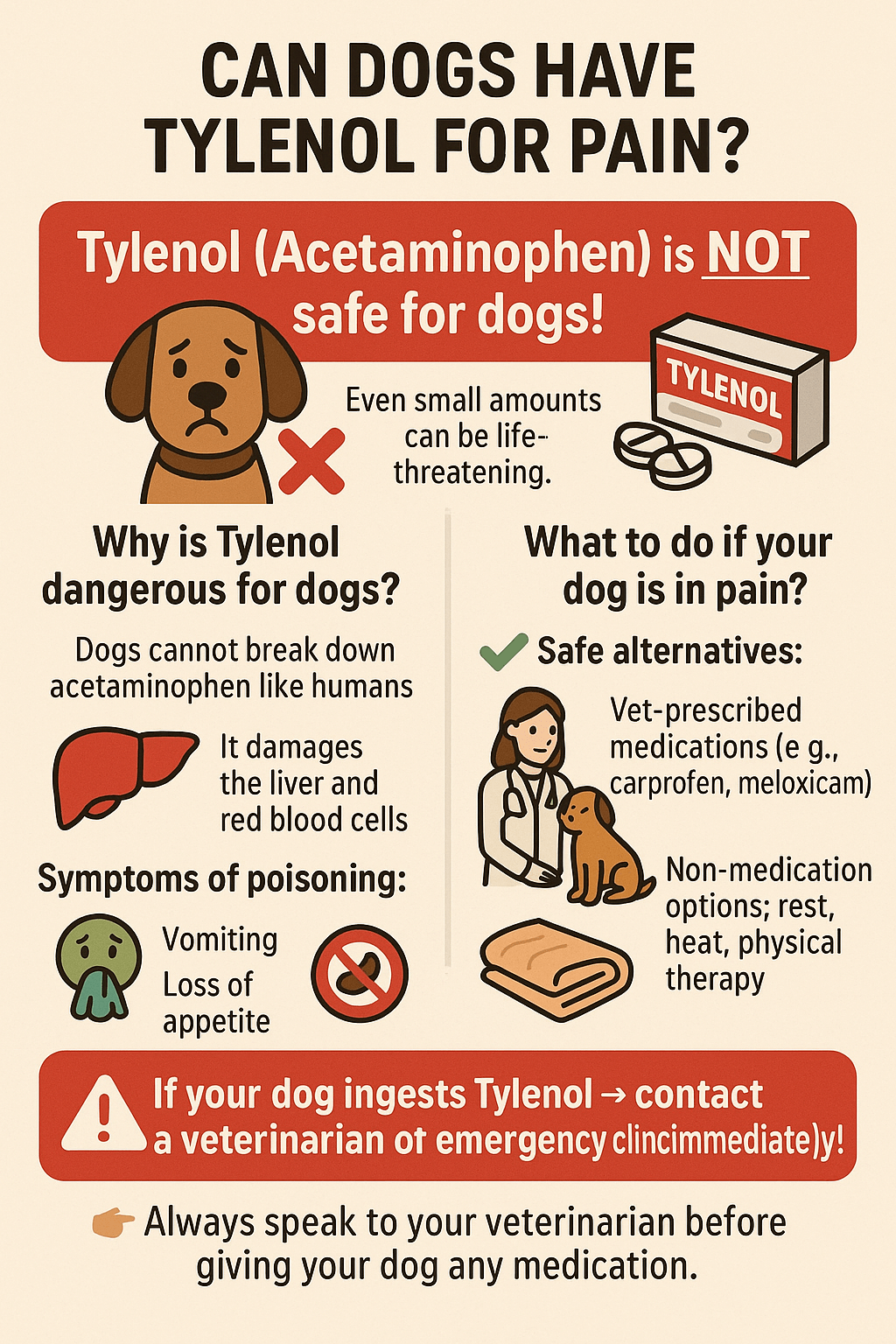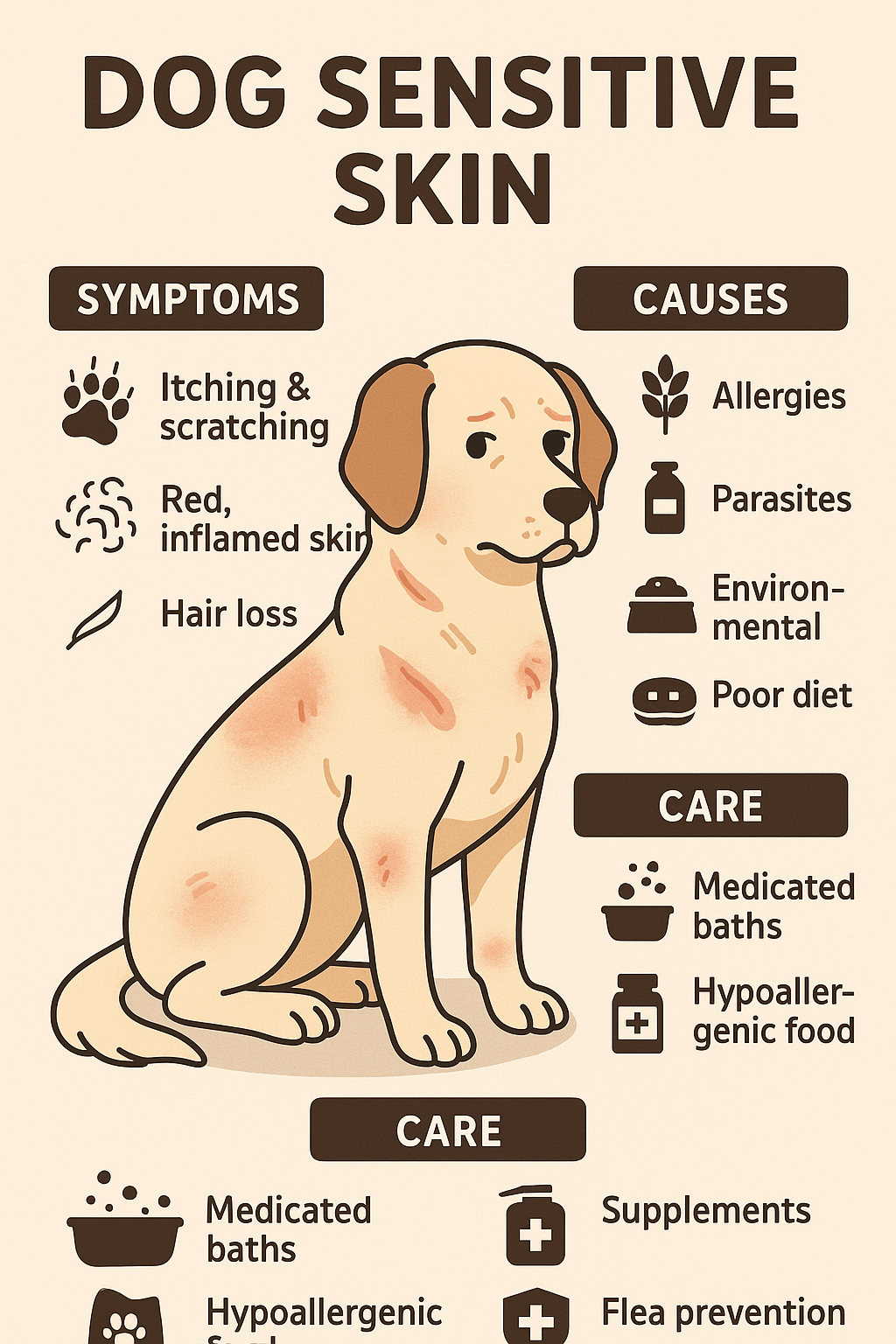Understanding the Cost of Dog Lipoma Removal: A Guide for Pet Owners
As a devoted dog owner, you want nothing but the best for your furry companion. However, when it comes to health issues like lipomas, concerns about treatment options and costs can quickly arise. Lipomas are benign fatty tumors that commonly occur in dogs, especially as they age. While they are generally harmless, some cases may require surgical removal due to size, location, or discomfort caused to the dog. Understanding the costs associated with dog lipoma removal is essential for making informed decisions about your pet’s well-being.
In this blog post, we’ll explore everything you need to know about lipoma removal costs, factors influencing pricing, and how to prepare financially for this procedure.
What Are Lipomas, and Why Might They Need Removal?
Lipomas are soft, movable lumps under the skin that consist of fat cells. While they are usually harmless, there are scenarios where removal becomes necessary. Here’s what you should know:
- Size: Large lipomas can press on nearby tissues or organs, causing discomfort or mobility issues.
- Location: Lipomas near joints or critical areas may interfere with movement or bodily functions.
- Growth Rate: Rapidly growing lipomas might need evaluation to rule out malignancy.
- Inflammation or Pain: If the lump causes irritation or pain, removal could be recommended.
- Cosmetic Reasons: Some owners opt for removal if the lipoma affects their dog’s appearance significantly.
While many lipomas don’t require intervention, consulting a veterinarian is crucial to determine whether removal is the best course of action. Ultimately, prioritizing your dog’s comfort and quality of life will guide the decision-making process.
Factors Influencing the Cost of Dog Lipoma Removal
The cost of removing a lipoma from your dog can vary widely depending on several factors. Below, we break down the key elements that influence pricing:
- Size of the Lipoma: Larger lipomas typically require more extensive surgery and anesthesia, increasing costs.
- Location on the Body: Lipomas located in sensitive or hard-to-reach areas may demand specialized techniques, raising expenses.
- Veterinary Clinic Fees: Prices differ between clinics based on their location, reputation, and level of expertise.
- Pre-Surgical Tests: Blood work, X-rays, or ultrasounds might be needed to assess the lipoma before surgery.
- Anesthesia Requirements: The type and duration of anesthesia used also contribute to overall costs.
Understanding these variables helps pet owners anticipate potential expenses and plan accordingly. By discussing all aspects with your vet, you can gain clarity on what to expect financially while ensuring your dog receives proper care.
Check this guide 👉 Top 5 Best Dog Recovery Suits for Accelerated Healing!

Cost Factors | Details |
|---|---|
Size of Lipoma | Larger lipomas often mean higher surgical complexity and longer procedures. |
Location on the Dog’s Body | Hard-to-access areas may require advanced surgical techniques. |
Veterinary Clinic Location | Urban clinics tend to charge more than rural ones due to overhead costs. |
Pre-Surgical Evaluations | Diagnostic tests add to upfront costs but ensure safer outcomes. |
Post-Operative Care | Medications, bandages, and follow-up visits contribute to total expenses. |
Average Costs Associated with Dog Lipoma Removal
How much does it actually cost to remove a lipoma from your dog? Let’s delve into the average figures and what they include:
- Basic Surgical Procedure: Typically ranges from $200 to $500, depending on the simplicity of the case.
- Additional Testing: Pre-surgery diagnostics such as blood tests or imaging can cost $100–$300.
- Anesthesia Fees: Anesthesia-related charges usually range from $50 to $200, depending on the dog’s size and health condition.
- Post-Op Medications: Pain relief and antibiotics may cost around $20–$100.
- Follow-Up Visits: Subsequent check-ups or suture removals can range from $20 to $100 per visit.
While these numbers provide a general idea, keep in mind that individual circumstances can cause variations. Always seek detailed estimates from your veterinarian to avoid surprises.
Ways to Manage and Reduce Dog Lipoma Removal Costs
If you’re concerned about affording lipoma removal for your dog, here are practical strategies to manage and reduce costs:
- Pet Insurance: Consider enrolling your dog in a pet insurance plan that covers surgeries and related expenses.
- Payment Plans: Many veterinary clinics offer flexible payment plans to ease the financial burden.
- Discount Programs: Some organizations provide discounts for senior citizens, military personnel, or low-income families.
- Shop Around: Compare quotes from different veterinarians to find competitive pricing without compromising quality.
- Preventive Care: Maintain your dog’s weight and overall health to minimize the risk of developing lipomas.
By taking proactive steps, you can make lipoma removal more affordable while ensuring your dog gets the care they deserve. Remember, early consultation with your vet can prevent complications and reduce long-term costs.
Additional Considerations Before Proceeding with Lipoma Removal
Before scheduling your dog’s lipoma removal, there are several important factors to consider. These elements will help you make an informed decision and ensure the best outcome for your pet.
- Consultation with a Specialist: If the lipoma is complex or in a sensitive area, seeking advice from a veterinary surgeon may be necessary.
- Second Opinions: Getting a second opinion can provide reassurance or alternative treatment options.
- Timing of Surgery: Schedule the procedure when your dog is healthy and strong enough to recover quickly.
- Home Preparation: Set up a quiet, comfortable space at home for post-surgery recovery.
- Monitoring Behavior: Observe your dog closely for signs of discomfort or complications before and after surgery.
Taking these steps ensures that you are fully prepared and proactive in managing your dog’s health. A thoughtful approach not only benefits your pet but also gives you peace of mind during the process.
Post-Surgical Care Tips for a Smooth Recovery
Proper post-operative care plays a vital role in your dog’s recovery after lipoma removal. Following these guidelines can help minimize risks and promote healing.
- Limit Physical Activity: Restrict running, jumping, or rough play for at least 10–14 days to prevent wound reopening.
- Administer Medications as Directed: Ensure your dog takes prescribed pain relievers and antibiotics on time.
- Keep the Wound Clean: Prevent licking or scratching by using an Elizabethan collar or protective clothing.
- Monitor the Incision Site: Check daily for redness, swelling, discharge, or other signs of infection.
- Follow Up with Your Vet: Attend all scheduled follow-up appointments to confirm proper healing.
By adhering to these care instructions, you can support your dog’s recovery and reduce the likelihood of complications. Remember, patience and attentiveness are key to ensuring a smooth healing process.
Alternative Approaches to Managing Lipomas
While surgical removal is often recommended for problematic lipomas, some pet owners explore alternative methods to manage these growths. Though not substitutes for professional veterinary care, these approaches may complement traditional treatments.
- Dietary Adjustments: Feeding a balanced, low-fat diet can help maintain a healthy weight and reduce fat accumulation.
- Supplements: Omega-3 fatty acids and turmeric are believed to have anti-inflammatory properties that may benefit dogs with lipomas.
- Massage Therapy: Gentle massage around the lipoma might improve circulation and reduce discomfort (consult your vet first).
- Herbal Remedies: Some holistic veterinarians suggest herbal supplements like milk thistle or dandelion root for overall liver health.
- Regular Monitoring: Keeping track of the lipoma’s size and condition helps detect changes early.
While these alternatives may offer additional support, they should never replace expert advice or necessary medical interventions. Always discuss any new approach with your veterinarian to ensure it’s safe and appropriate for your dog’s unique needs.
Frequently Asked Questions About Dog Lipoma Removal Costs
Is lipoma removal covered by pet insurance?
Yes, many pet insurance plans cover surgical procedures like lipoma removal, but coverage depends on the policy terms.
How long does recovery take after lipoma removal?
Recovery usually takes 1–2 weeks, during which activity should be limited to allow proper healing.
Can I wait to remove my dog’s lipoma?
It depends on the lipoma’s characteristics; consult your vet to determine if immediate removal is necessary.
Are lipomas dangerous for dogs?
Most lipomas are benign and not harmful, but those causing discomfort or growing rapidly should be evaluated.
Will my dog need stitches after surgery?
Yes, surgical removal typically involves stitches, which are removed after the incision heals.
Final Thoughts on Dog Lipoma Removal Costs
Caring for a dog with a lipoma requires balancing emotional commitment with practical considerations, including financial planning. While the cost of lipoma removal can seem daunting, understanding the factors involved and exploring ways to manage expenses makes the process less overwhelming. Remember, investing in your dog’s health today ensures a happier, healthier future for both of you. By staying informed and working closely with your veterinarian, you can navigate this journey confidently and give your beloved companion the care they truly deserve.
With careful preparation and a focus on your dog’s well-being, you’ll be equipped to handle any challenges that come your way—because every wagging tail deserves the best possible care.
Rimadyl for Dogs: Best 7 Expert Tips! Discover expert advice on using Rimadyl safely, managing pain, and improving your dog’s mobility with trusted veterinary insights.
Can Dogs Have Tylenol for Pain? Best 7 Expert Tips! Discover the risks, safe alternatives, and expert advice on managing your dog’s pain effectively while avoiding harmful medications.
Understanding Hemophilia in Dogs: Best 7 Expert Tips! Discover expert advice on managing hemophilia, recognizing symptoms, and ensuring your dog’s well-being with practical care strategies.
Understanding Dog Sensitive Skin: Best 7 Expert Tips! Discover expert advice on managing dog sensitive skin, relieving irritation, and improving your pup’s comfort with practical solutions.





